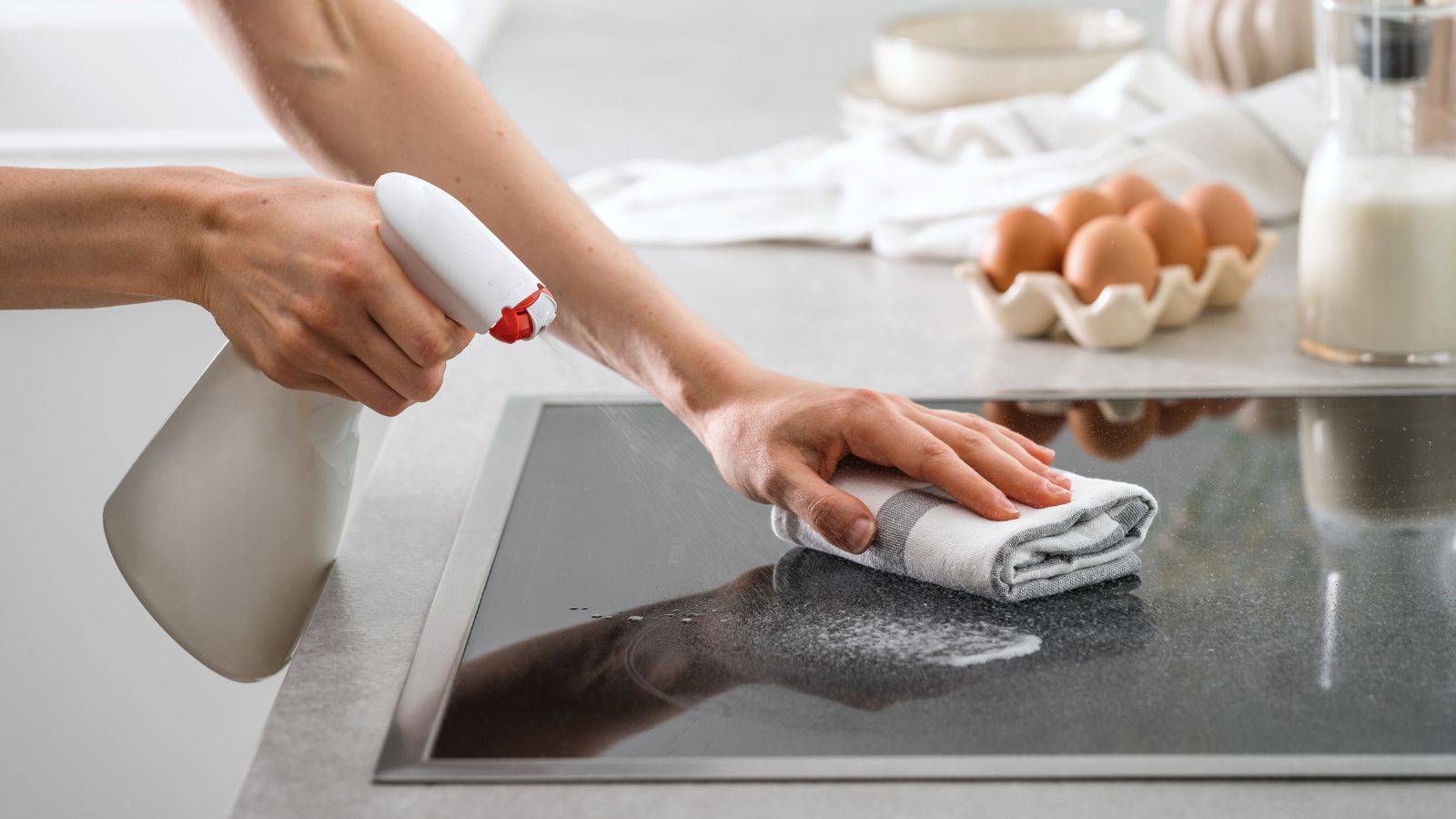
Your stovetop is the workhorse of your kitchen, bearing the brunt of the work for almost every meal.
However, such frequent use requires frequent cleaning, especially with glass stove tops, or you risk serious fire hazards and reduced efficiency. And, sometimes, stubborn scorch marks on the surface that are hard to shift.
Here, experts have shared their top cleaning tips when getting your glass stovetop sparkling and keeping this vital kitchen appliance looking and functioning at its best.
How to clean a glass stove top
‘Flat-tops are simple to clean, especially if you clean a kitchen after use, but there are a few things you should avoid,' explains Katie Dills, brand president of the Cleaning Authority. 'Hard surfaces, like sponges and steel wool, can potentially cause scratches. Likewise, applying too much pressure when scrubbing the glass can potentially crack the surface.'
'You should avoid traditional glass cleaners with harsh chemicals, like ammonia, as these could lead to damage,' Katie continues. 'It's also a good idea to test these your products on a small, inconspicuous area first to ensure they don't adversely affect your particular make or model.'
You will need:
It helps to gather all the essential cleaning supplies you need before you start cleaning your glass stove top to help avoid streaks. Bear in mind the materials you need may vary depending on the method you choose.
- Clean microfiber cloths, available in packs at Walmart
- A clean, dry towel
- Either: White vinegar, from Walmart and baking soda, such as Arm & Hammer from Walmart
- Or, The Pink Stuff Paste, available at Amazon
- A soft abrasive sponge, such as The Scrub Daddy, at Amazon
- Rubber cleaning gloves, at Amazon
- Optional: An old credit card or glass scraper, available at Walmart
Method 1: Vinegar and water
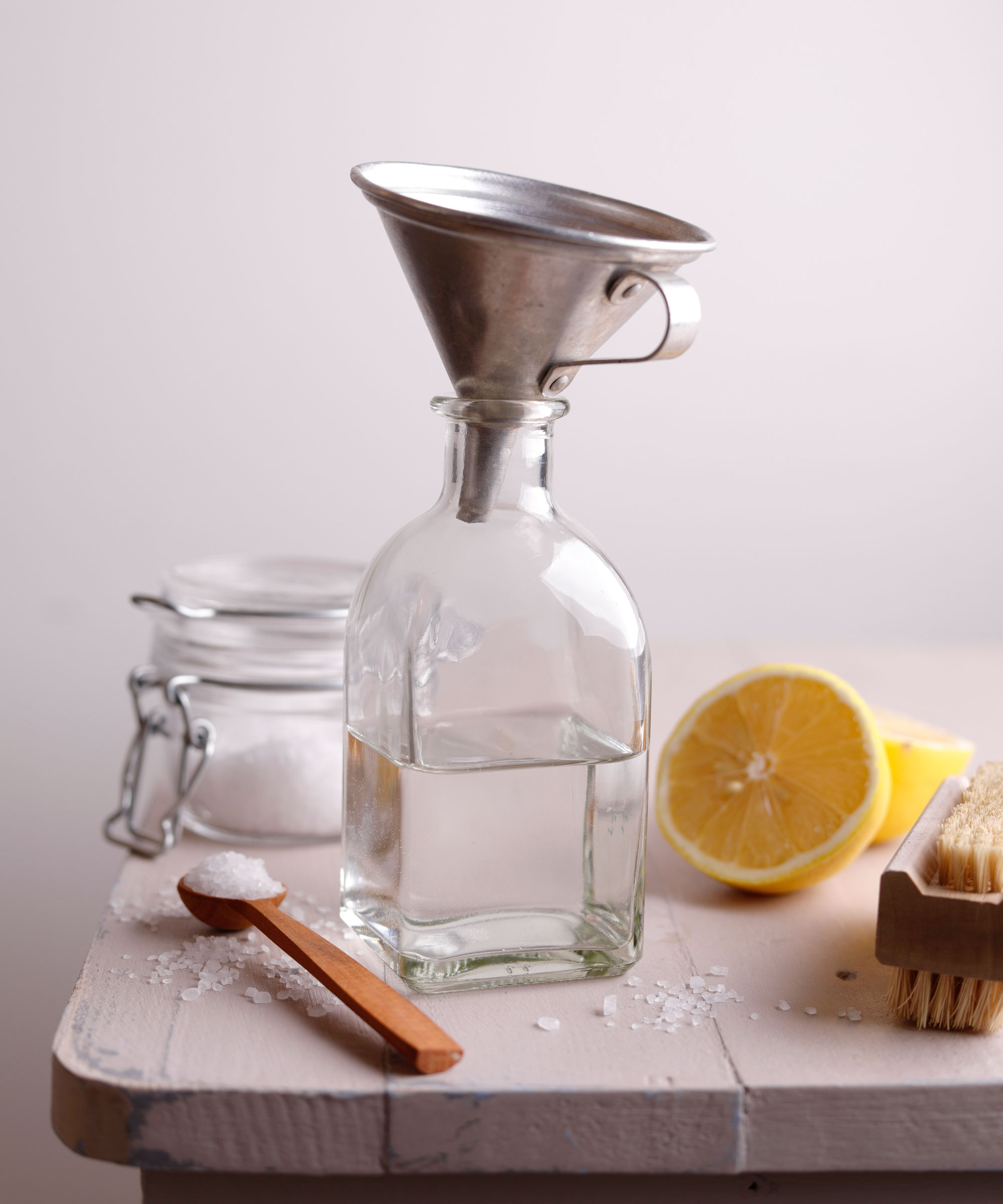
Katie Dills from the Cleaning Authority suggests that one of the best ways to clean a glass stove top and remove tough build-up is by cleaning with vinegar and baking soda. The fizzing action helps to clean kitchen grease without the need for harsh chemicals.
- Apply Baking Soda and Vinegar: Sprinkle baking soda over the entire stovetop, then spray white vinegar over it to create a fizzing reaction. Katie says, ‘This combination not only cleans but also deodorizes the stovetop, leaving it fresh and clean.’
- Cover and Wait: Dampen a towel in hot, soapy water and place it over the stovetop for about 15 minutes. This helps to lift tough, burnt-on food and grime. Katie adds, ‘The hot, damp towel helps to soften any hardened residues, making them easier to wipe away.'
- Wipe Away the Residue: After 15 minutes, use the towel to wipe away the residue. Katie suggests, ‘For an extra shine, buff the surface with a dry microfiber cloth after cleaning.’
Rhonda Wilson, quality lead cleaner at FreshSpace Cleaning, also recommends grabbing an old credit card (or a plastic glass scraper) to scrape off any burnt-on grease or food. 'Some folks use a knife or razor blade, but it’s risky, Rhonda cautions. 'You could end up with permanent marks.’
All prices were correct at time of publication.
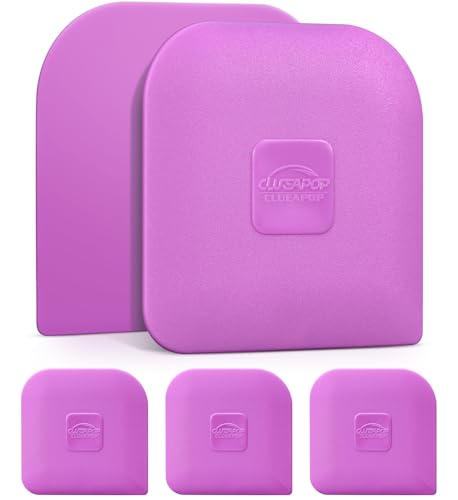
Ideal for cleaning glass stove tops, cast iron pans, and removing stickers from jars, these plastic scrapers make light work of sticky debris without the risk of scratches
Method 2: The Pink Stuff
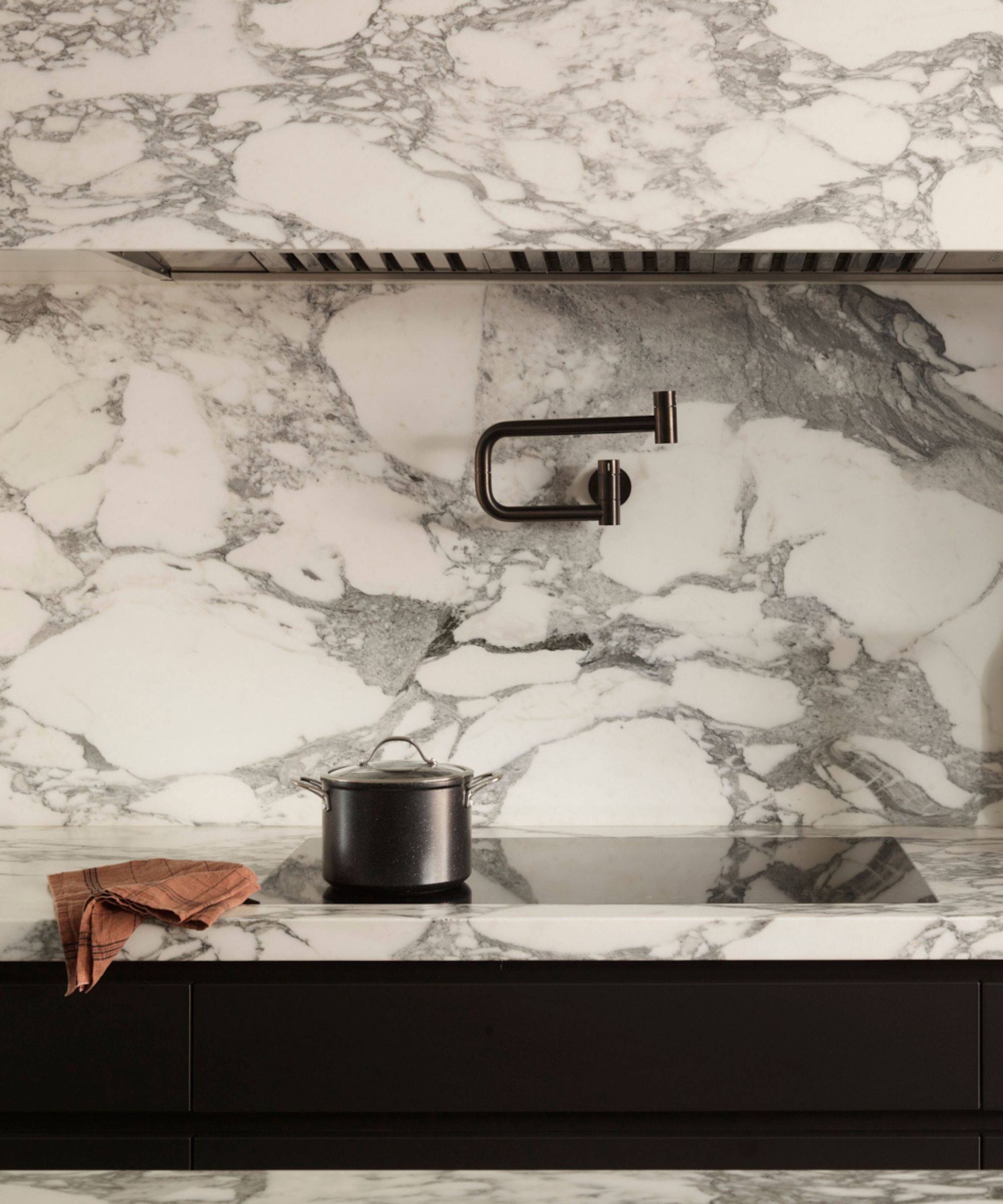
Often, we avoid using anything with the word 'abrasive' in the description to clean an induction cooktop. Nevertheless, cleaning with The Pink Stuff's abrasive qualities is so gentle that it is no harsher than cleaning with baking soda made into a paste with water or vinegar.

These powered brushes make cleaning even the smallest corners and toughest marks easier on your arms, especially when paired with The Pink Stuff Paste to help tackle the worst of burnt-on food
- 1. Scrub with a sponge and The Pink Stuff: How much Pink Stuff paste you use will depend largely on how greasy your hob is, how large it is, and if you have burnt any food onto it. I use a soft sponge to really scrub a thumb-sized amount of paste into the hob using a Scrub Daddy dampened with warm water to soften the fibers. I focus on areas of burnt-on food until I feel that the rough patch has been broken up and the surface feels smooth beneath the sponge. The paste will foam a little as you scrub, making it easier to work into the surface. You could opt to use a sonic scrubber instead of a sponge if you want to avoid manual scrubbing too.
- Wipe away the paste with a cloth and warm water: Use a rinsed sponge to clear away The Pink Stuff paste, rinsing and repeating as needed. After removing all the paste, use the clean side of a microfiber cloth to buff away watermarks and dry the surface. A dry towel can also be used for this step.
Safety Precautions

As with any household cleaning, there are several safety precautions you need to take to keep you safe and your stove in good condition.
Kathy Cohoon, operations manager at Two Maids says, 'You should always wait until the stovetop has cooled before you clean a glass stovetop to avoid burns.
'Remember this is an electric appliance so avoid using too much water,' she adds. 'Finally, use an exhaust fan or open windows to improve ventilation, especially when using stronger commercial cleaners to avoid irritating your airways.' In some cases, you might also want to use rubber cleaning gloves to protect your skin from irritation.
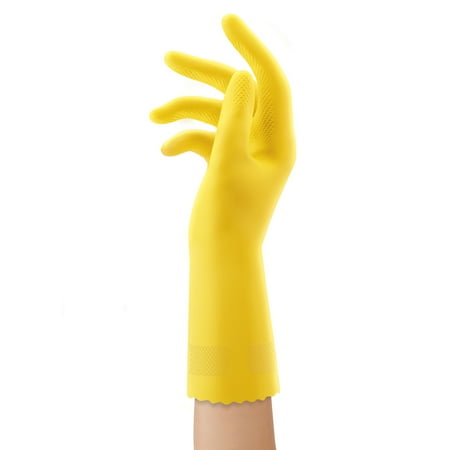
These heavy-duty rubber gloves are ideal for both household cleaning and washing dishes, helping to protect your skin from irritating chemicals and drying soaps
FAQs
How often should you clean a glass stove top?
Glen Lewis, president at Mr. Appliance, a Neighborly company, explains, 'Just like any other stove top, from cleaning a flat top stove to cleaning stove burners, you should clean it after each use. If you do this and clean boil-overs when they happen, there is no need for deep cleaning. If you don’t do this, then there are plenty of products and kits on the market with non-abrasive cleaners, scrapers, and pads to help you bring your cooktop back to its natural beauty.
'Regular cleaning prevents food buildup that can burn, stain, or damage the surface, preserving both the look and function of the stove,' he adds. if you allow too much debris to build up on the stove, not only will you reduce the efficiency of the heating rings, but you are also risking a fire as debris heats up time and time again.
These super simple methods for cleaning a glass stove top may not eliminate the need for scrubbing entirely, but they do eliminate the need for tricky-to-use safety razors and excess cleaning products.
Next, learn about the rapid kitchen cleaning methods that cut cleaning time in half.







